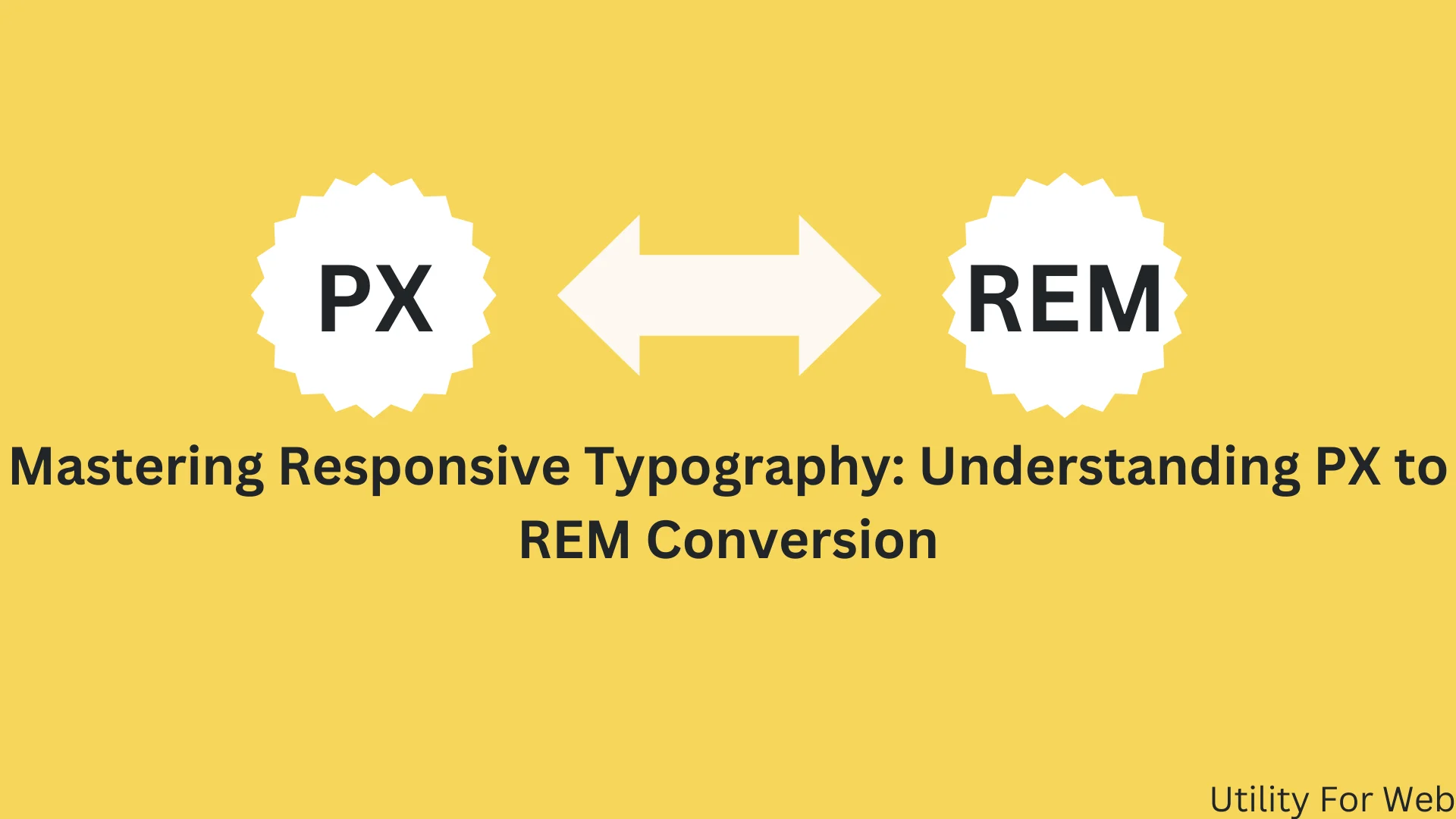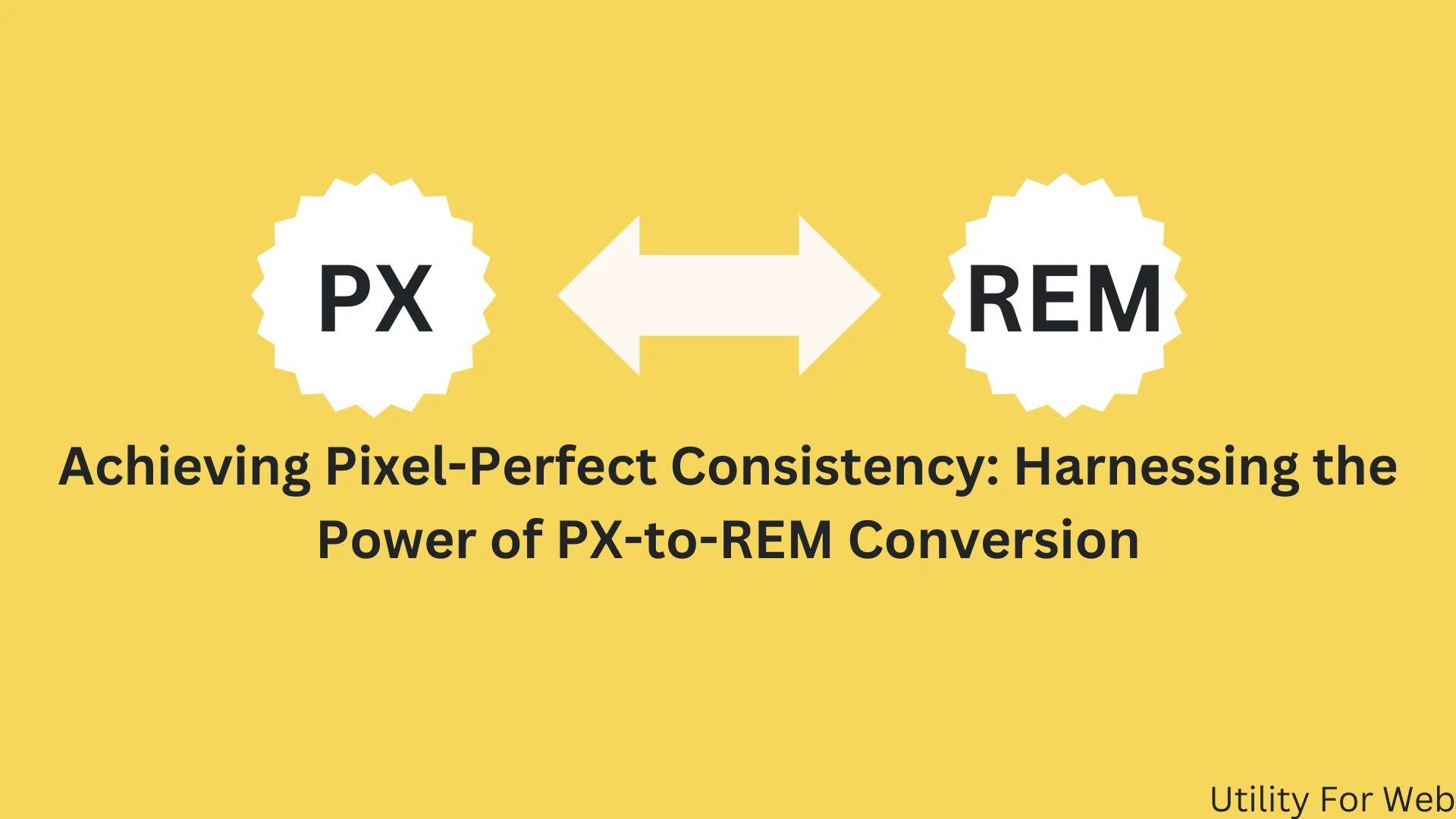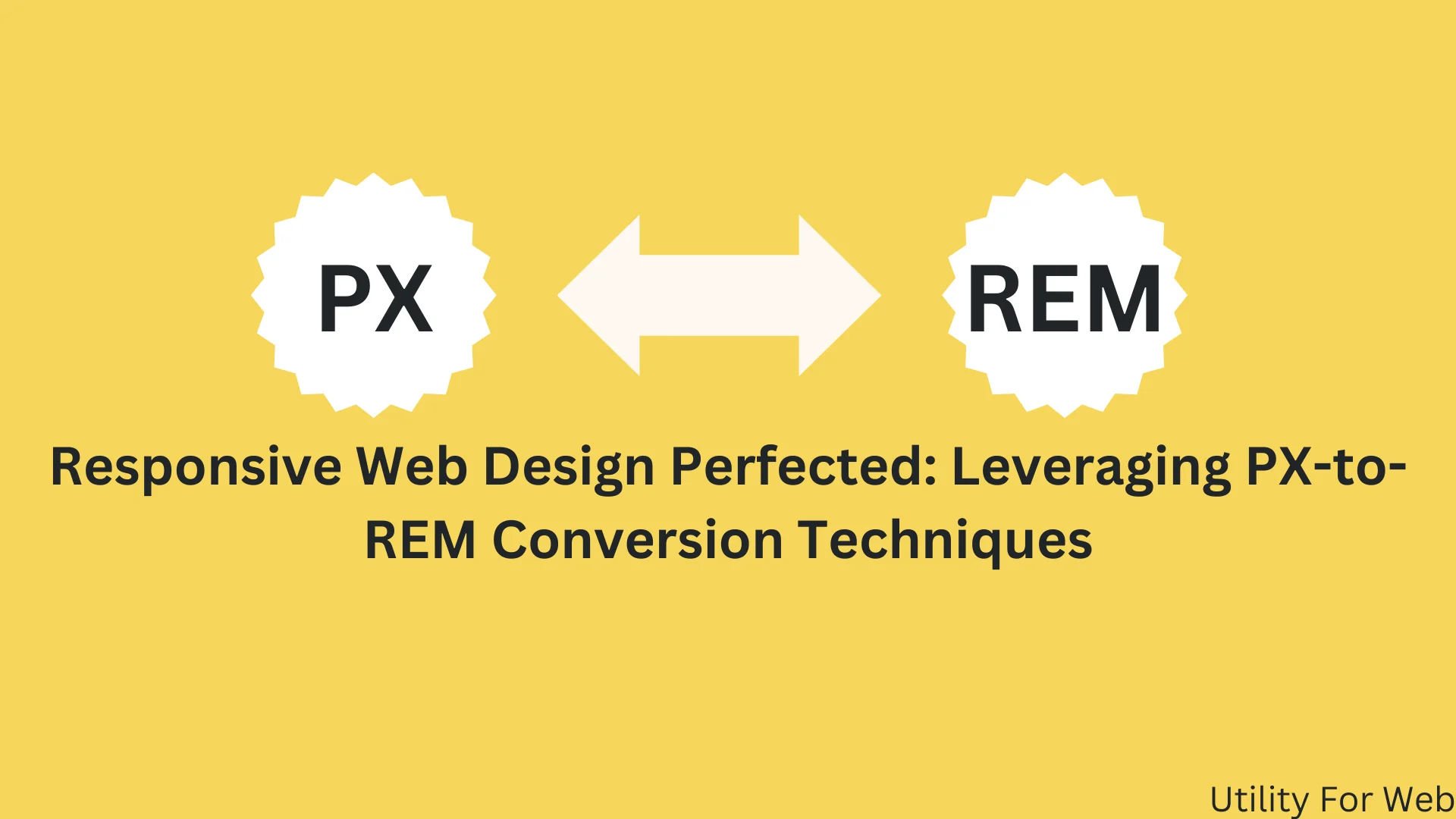
Understanding the Difference Between px and rem in Web Design
When designing responsive web pages, understanding the difference between pixels (px) and root em units (rem) is crucial. Pixels represent a fixed measurement on screens, ensuring consistent size regardless of the device. However, this can lead to inflexibility in responsive designs. In contrast, rem units are relative to the root HTML element’s font size, allowing for scalable and adaptive typography.
Why Convert px to rem?
- Responsive Typography: Converting px to rem is essential for creating a responsive typography system. By using rem units, text scales proportionally across different screen sizes, ensuring readability and visual appeal on devices ranging from desktops to mobile phones.
- Consistent Proportions: Rem units help maintain consistent proportions between various elements on a webpage. This proportional scaling ensures a harmonious visual hierarchy, enhancing user experience and readability.
- Accessibility: Accessibility is a critical consideration in modern web design. Converting px to rem allows users to adjust font sizes according to their preferences, catering to individuals with visual impairments who need larger text for readability.
The px to rem Conversion Process
Step 1: Set the Root Font Size
Begin by setting the root HTML element’s font size using CSS. A common practice is to set it to 62.5%, making calculations easier. This setting means that 1rem equals 10px (since 62.5% of the default browser font size, 16px, is 10px).
html {
font-size: 62.5%; /* 1rem = 10px */
}
Step 2: Convert px to rem
To convert a pixel value to rem, divide the pixel value by the root font size in pixels. For instance, if you have a paragraph with a font size of 16px, its equivalent in rem would be 1.6rem (16px ÷ 10px = 1.6rem).
Implementing px to rem in CSSHere’s how you can apply the px to rem conversion in your CSS:
/* Set the root font size */
html {
font-size: 62.5%;
}
/* Use rem for responsive typography */
body {
font-size: 1.6rem; /* 16px */
}
h1 {
font-size: 2.4rem; /* 24px */
}
Using px to rem Converter Tools
To streamline the conversion process, using a px to rem converter tool is highly recommended. These tools quickly convert pixel values to rem, ensuring accuracy and saving time.
Importance of TestingRemember to test your designs across various devices and browsers to ensure optimal performance and visual consistency. By doing so, you guarantee a responsive and accessible user experience.
Conclusion
Mastering the conversion from px to rem is a vital skill for web designers and developers. It ensures responsive, scalable, and accessible typography, enhancing the overall user experience. By implementing rem units for design elements, you create a consistent visual hierarchy that adapts seamlessly to different screen sizes. Utilize px to rem converter tools to facilitate this process and elevate your web design projects to new heights of responsiveness and flexibility. Happy coding!



